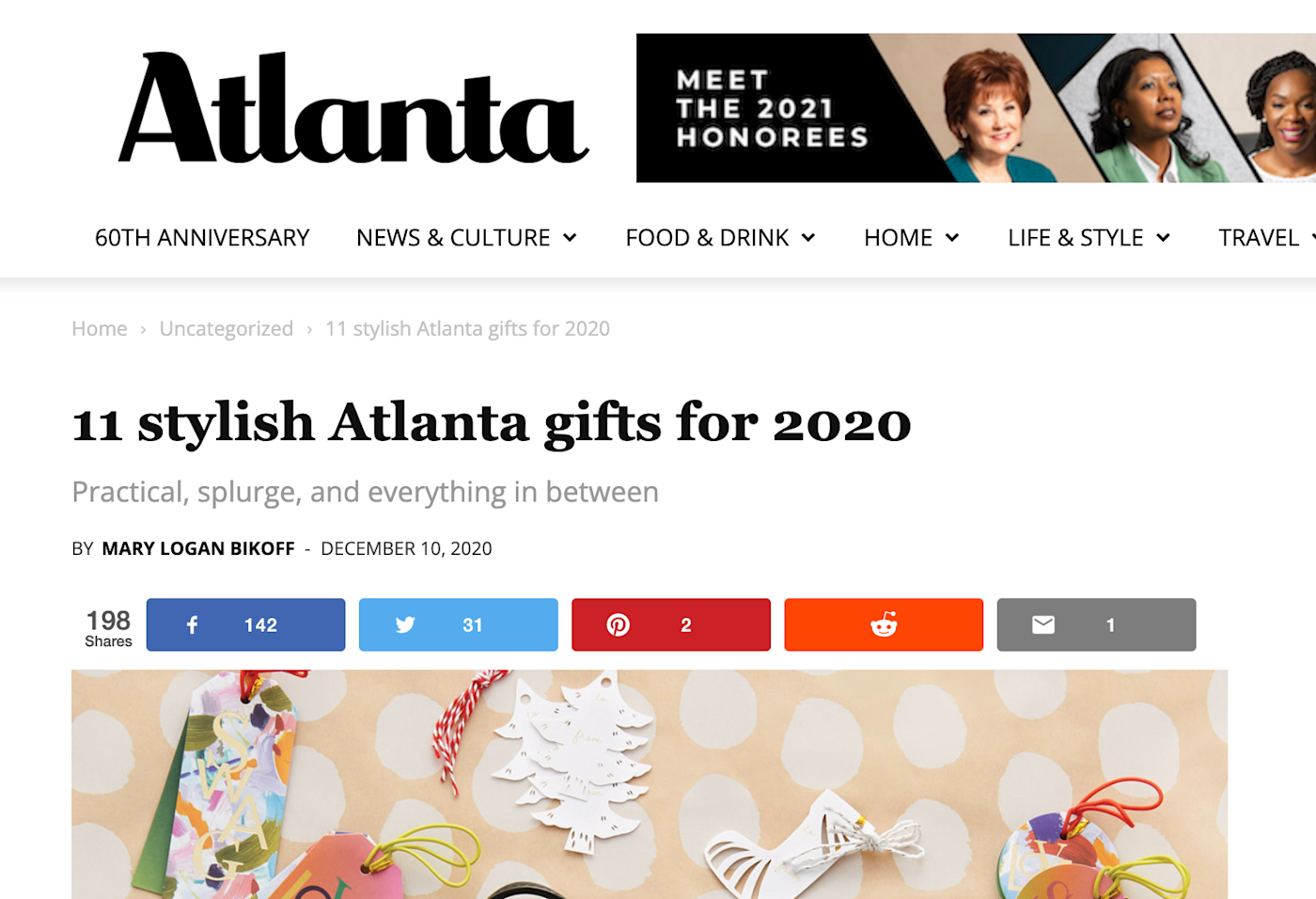Local SEO is built on Google My Business—there's no way around it. You need to optimize your Google My Business profile if you want to play the game.
But how do you win the game? If everyone has a robust GMB profile, how can you stand out? I suggest you work on link building.
3 places to get your business featured for local SEO
In an ideal world, people would be talking about your business and linking to your site without you asking. But as a local business, you're not likely to get your own Wikipedia page anytime soon. Here are three places you should try to get yourself mentioned.
1. Local directories or review sites
Getting onto local business directories is a huge win: not only will you get a backlink, but you'll also get some high-intent searchers reading about your business. And many of these kinds of sites include reviews of the local businesses as well, which can give you some nice social proof along the way.
In some cases, you can add yourself to these directories, either by paying a small one-time fee or just creating an account. If you have the opportunity to do that, I highly recommend it. Otherwise, here's an email template you can use to get yourself onto these review sites.
Hi [Name],
It's [your name] with [your business name]. I want to thank you for your work! We at [your business name] used your reviews of companies in [industry] to avoid some pitfalls for ourselves and to think more about how we could stand out.
Now we're starting to gain popularity, and I think our business may be a good fit to be featured on your website, as it's on par with the competition.
Let me know if you're willing to take a look, and we will happily provide all the details you'd need.
Best,
[Your name]
2. Local newspapers or blogs
Getting mentioned in a local newspaper or blog is another great combo of link building and brand building. Here are a few tips on how to do that:
Start by contacting publications that have written about your competitors. This article about link-building strategies offers specific guidance on how to find these publications.
Do some basic Google searches for local blogs or online newspapers by using keywords like "[town, state] blog" or "what to do in [town, state]."
Consider guest posting for these publications. Read this article about how to submit a guest post, which includes email templates for reaching out.
When you reach out to these publications, give them something to work with off the bat. For example, you might offer them a quote or some local tip or insight. Even if they don't write about your business, they might find a place to feature your quote and link back to your website when they mention your name.
3. Local listicles

For lots of local search queries, you'll notice that the first Google result is often a listicle. "The best restaurants in Atlanta" or "10 stylish Atlanta gifts" or something like that.
I asked Garret Smith, the founder of Google My Business management service GMB Gorilla, how businesses can outrank these kinds of lists. He told me that in his experience, most sites probably can't. These kinds of listicles have been around for long enough to acquire a lot of backlinks, and they almost always correspond to the search intent better.
Since your chances of outcompeting listicles on keyword searches are slim, the best solution is to get yourself featured on that list.
Garrett suggests starting with some keyword research. You can simply Google the keywords you're trying to target and see which listicles are ranking for them. For any listicle that ranks on the first page, it's worth reaching out.
Contact the author of the article or the website or publication editor. If you're contacting a writer, your best bet might be to reach out on Twitter. For emails, you can use a similar template to the one for review sites, but in this case, you might want to add a bit more context. These lists go beyond a directory and a review—they're curated lists. That means you're going to need to make your case a bit more strongly.
Talk about how many clients you have or link to review sites that show that people like your business.
Describe what makes your business unique—why does it benefit the author's readers to add you to their list?
Offer them a free product or service (whatever makes the most sense) so they can see for themselves why you deserve a spot on that list.
Analyze and improve
This isn't a one-time deal. New directories will appear. New blogs will start. New content will come out, and other content will go stale (for example, a "Best restaurants in Atlanta" list that's not updated every year will quickly lose its ranking). And there's no such thing as getting too many mentions in local press. So it's worth doing this process regularly.
Continue to analyze how your outreach is going. Try different subject lines, different email copy, and different pitches, and figure out what works best for which goal. Eventually you'll be a well-oiled machine, and you'll be able to grow your local SEO—and brand recognition—beyond Google My Business.
This was a guest post from Michael Doer, an independent writer who focuses on digital marketing, career, and business advice. Want to see your work on the Zapier blog? Read our guidelines and get in touch.





